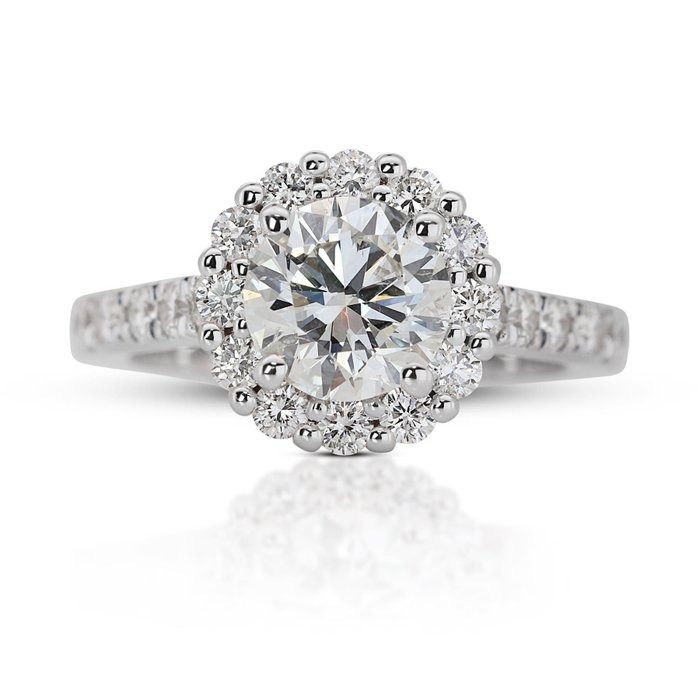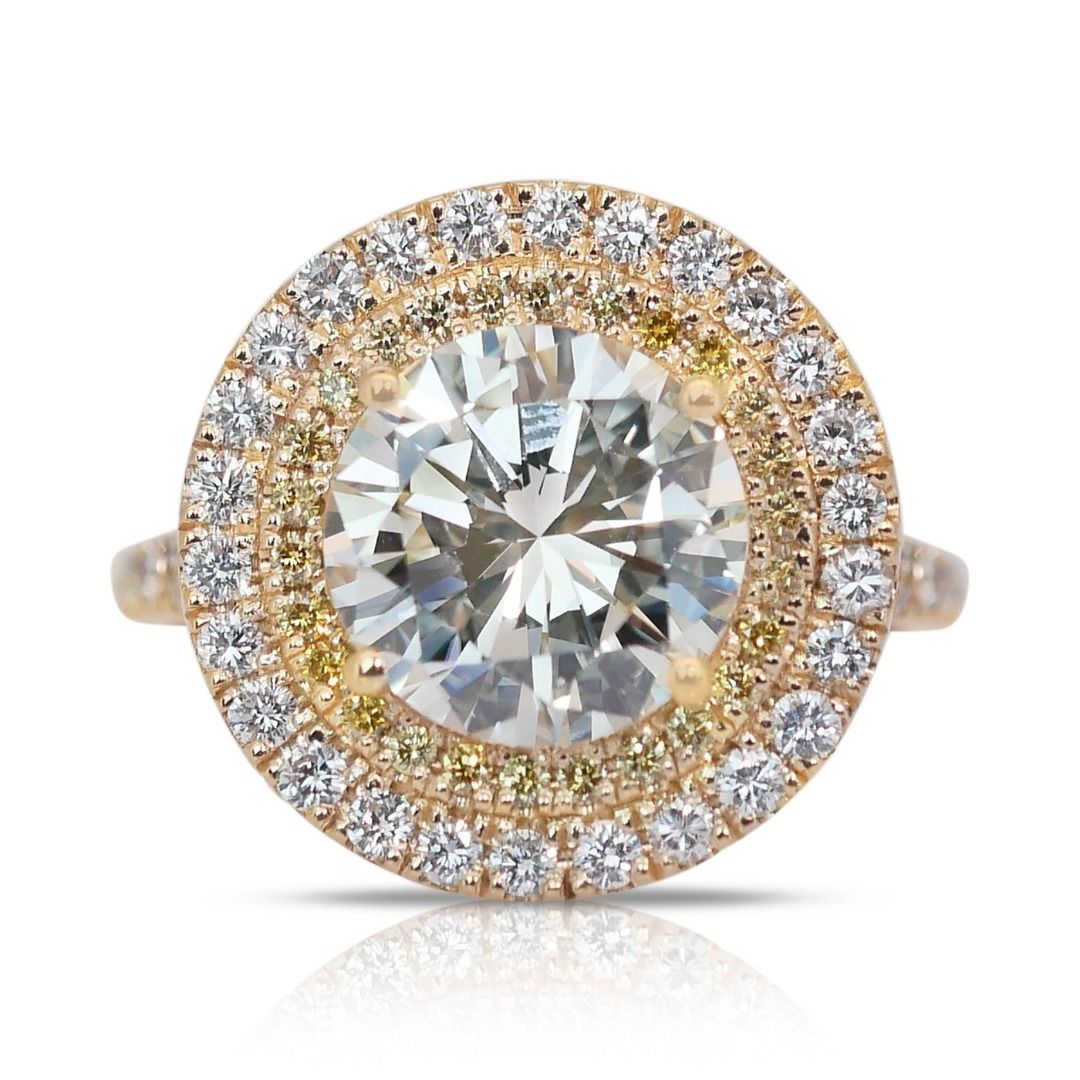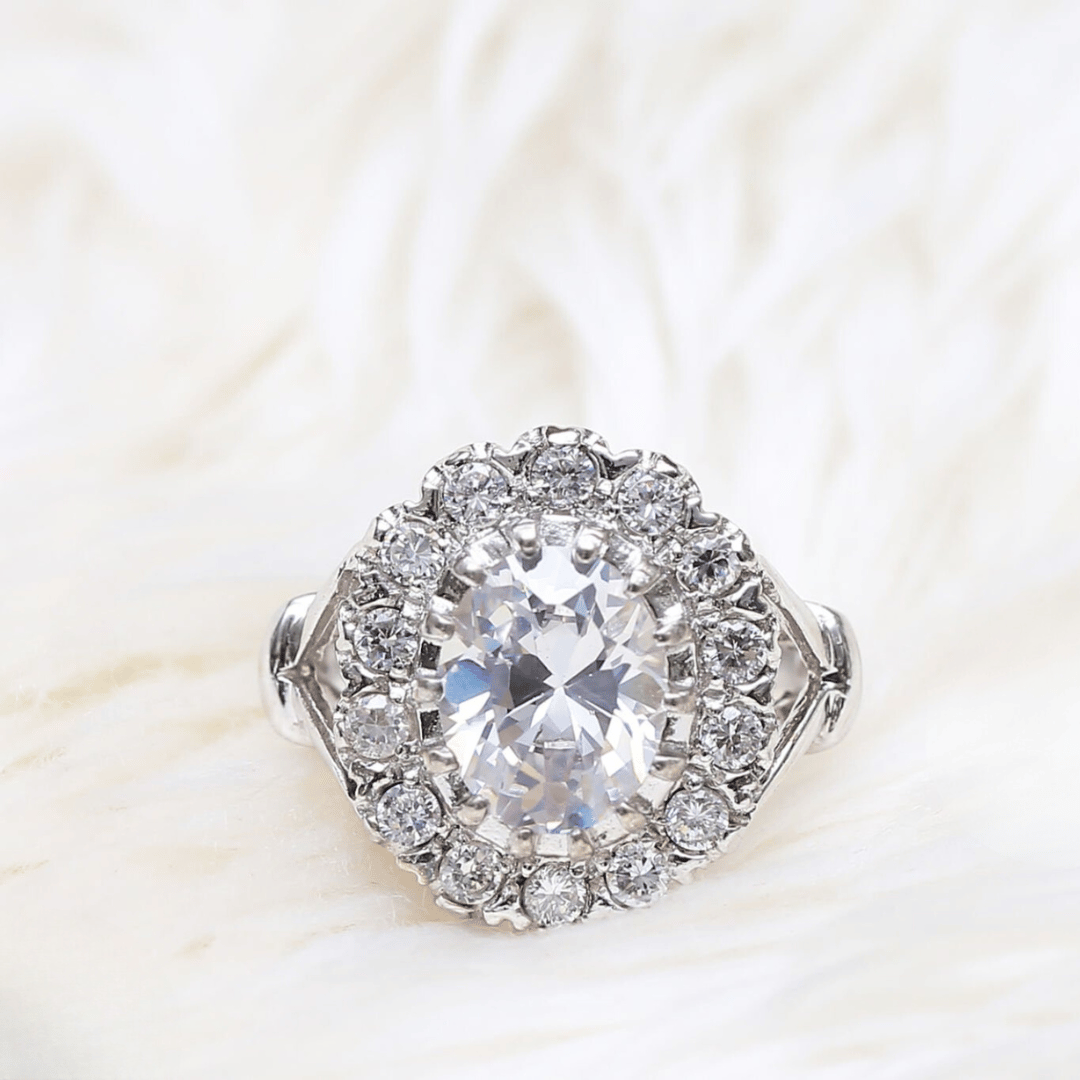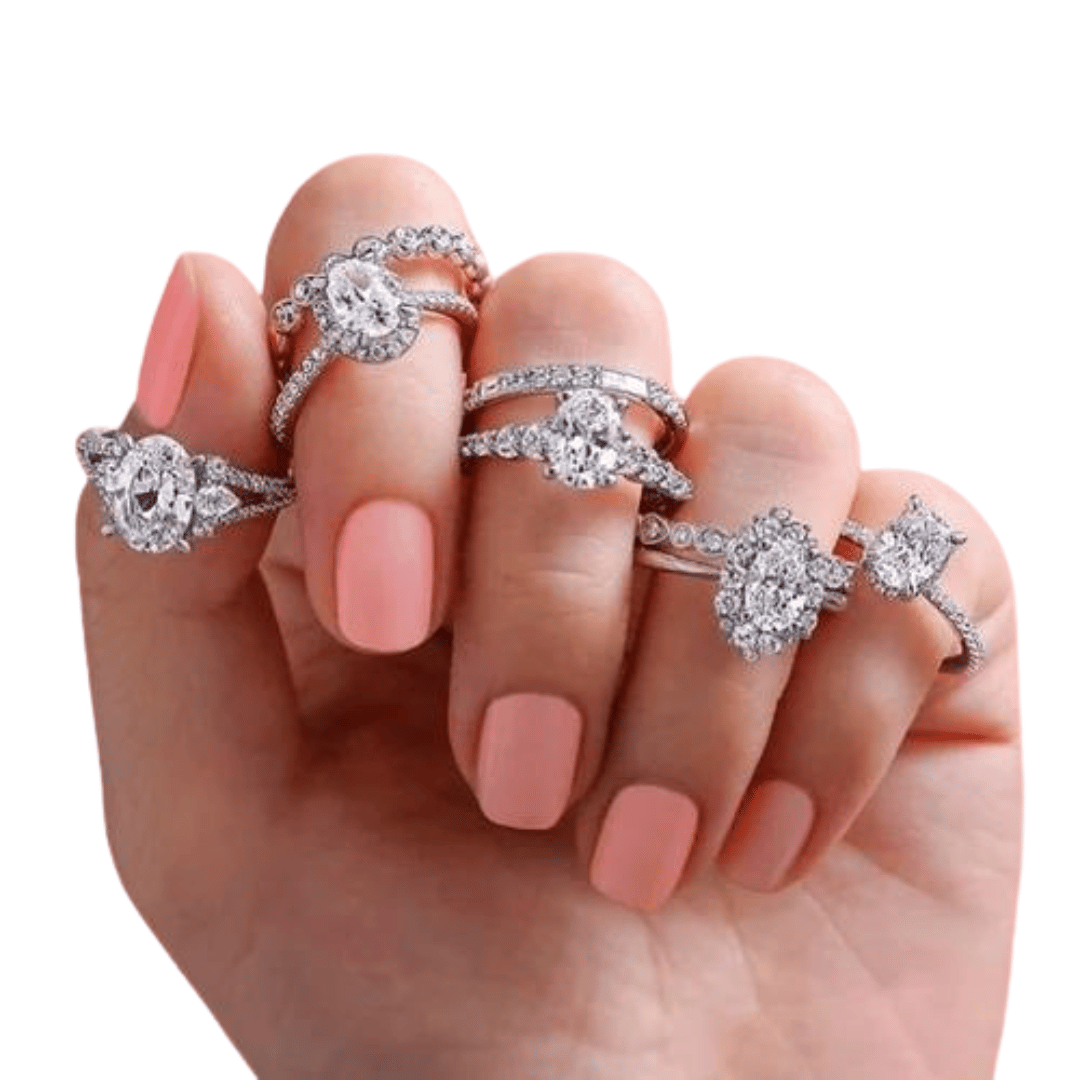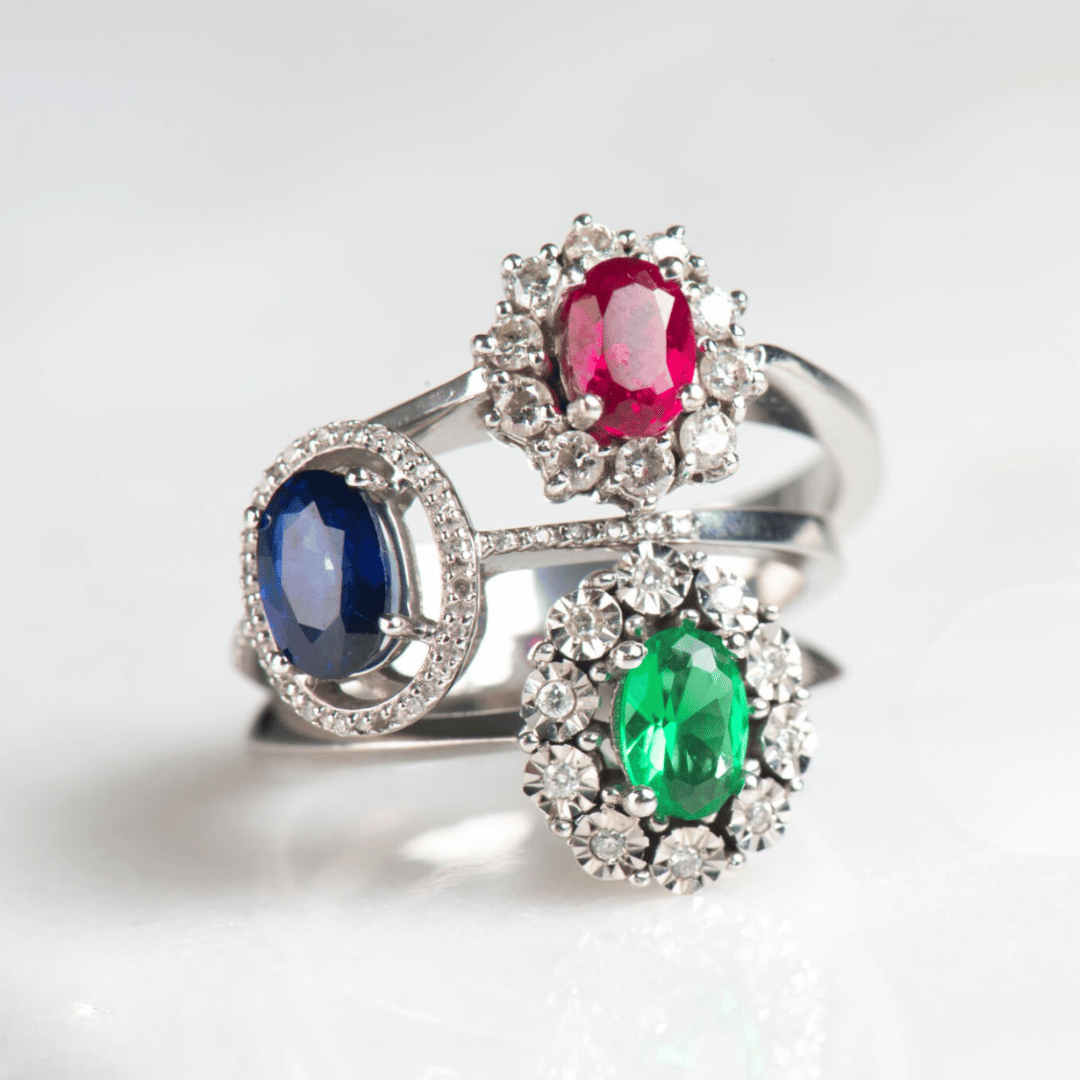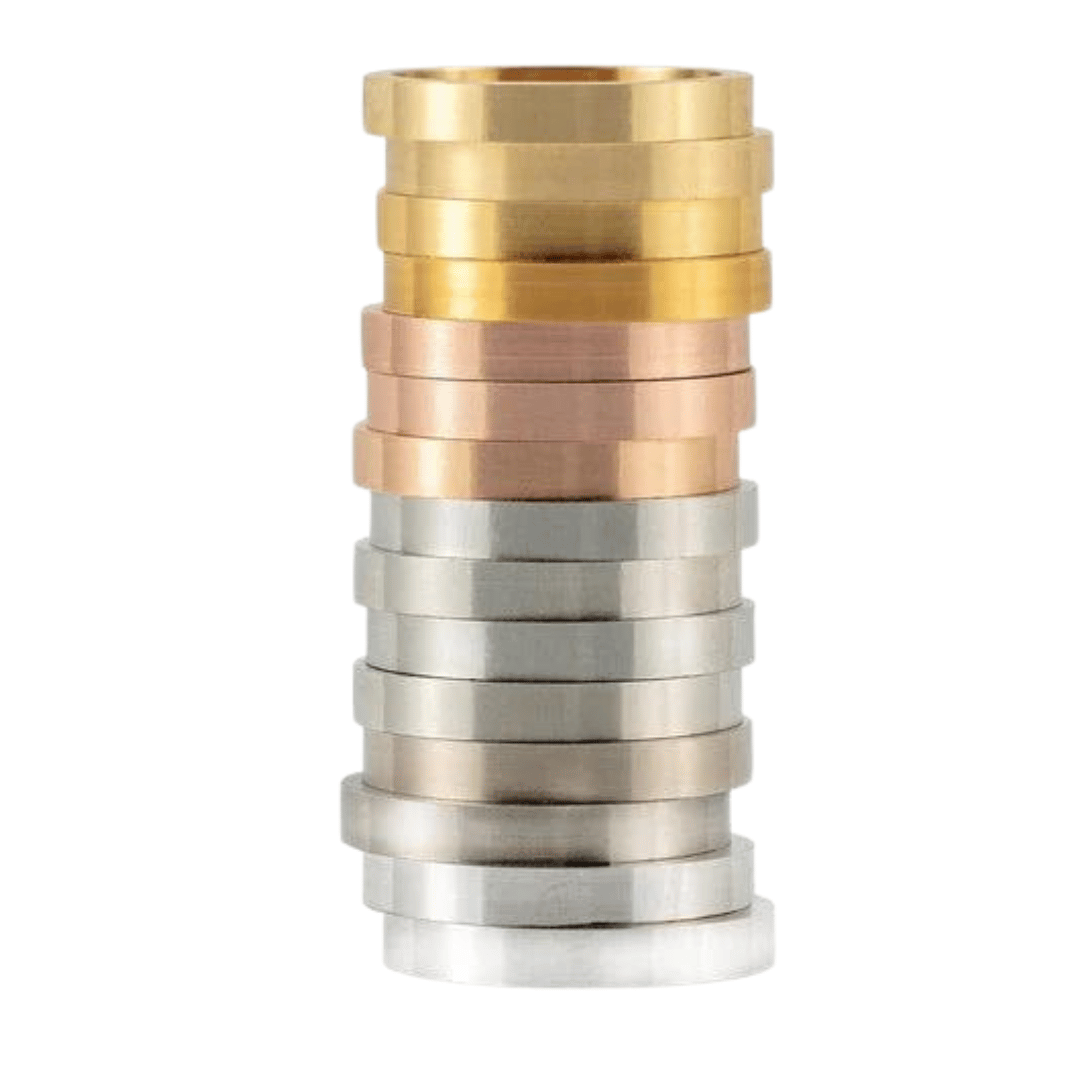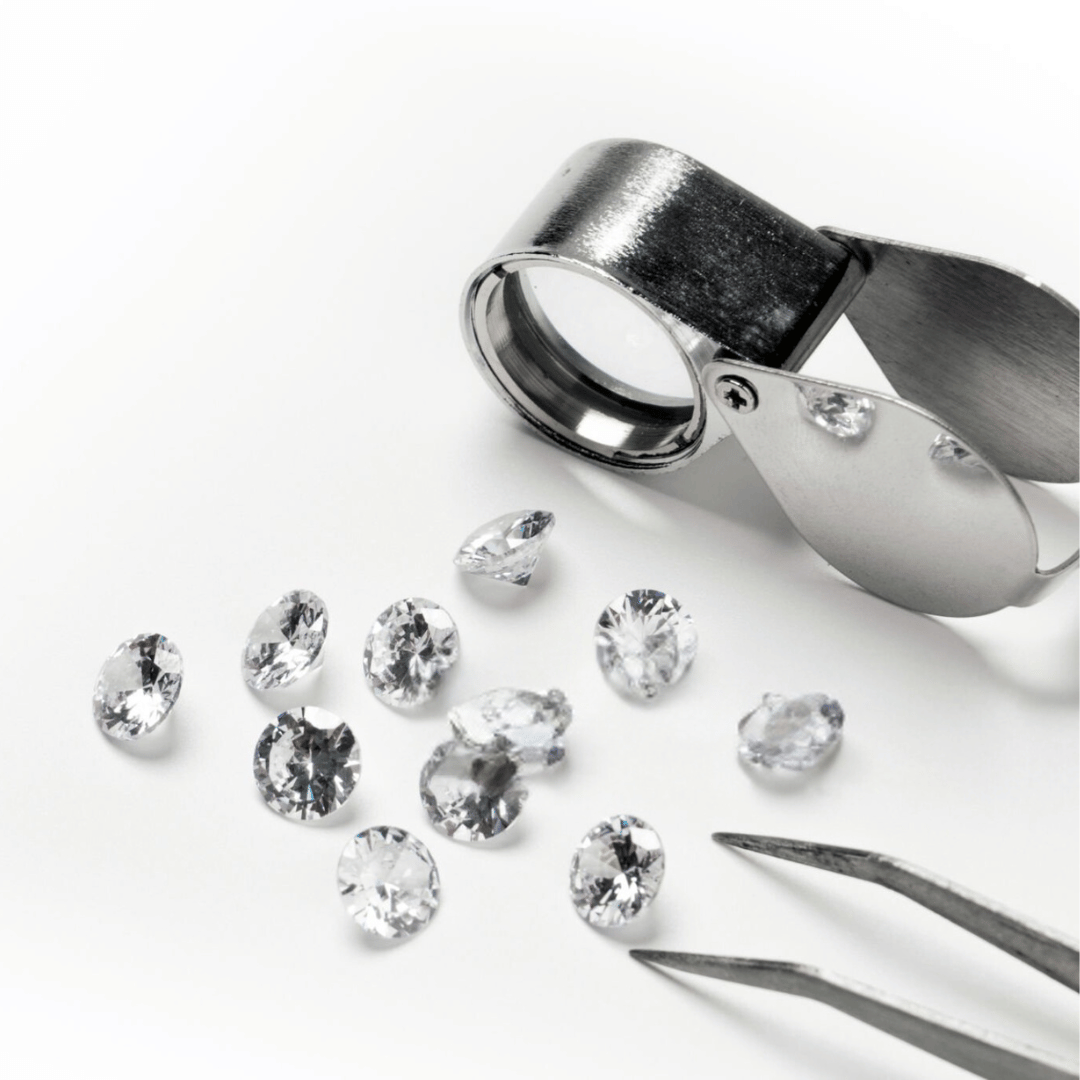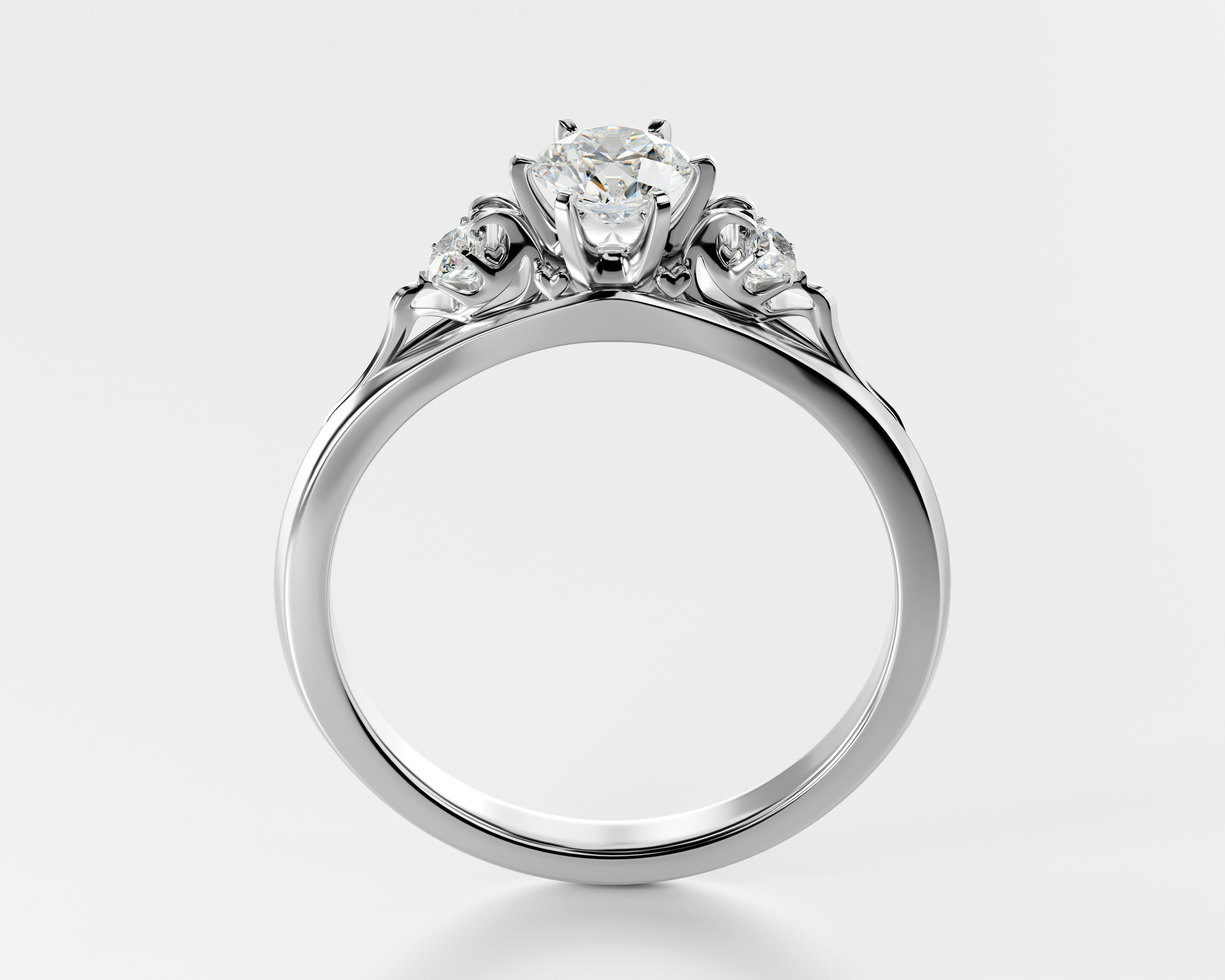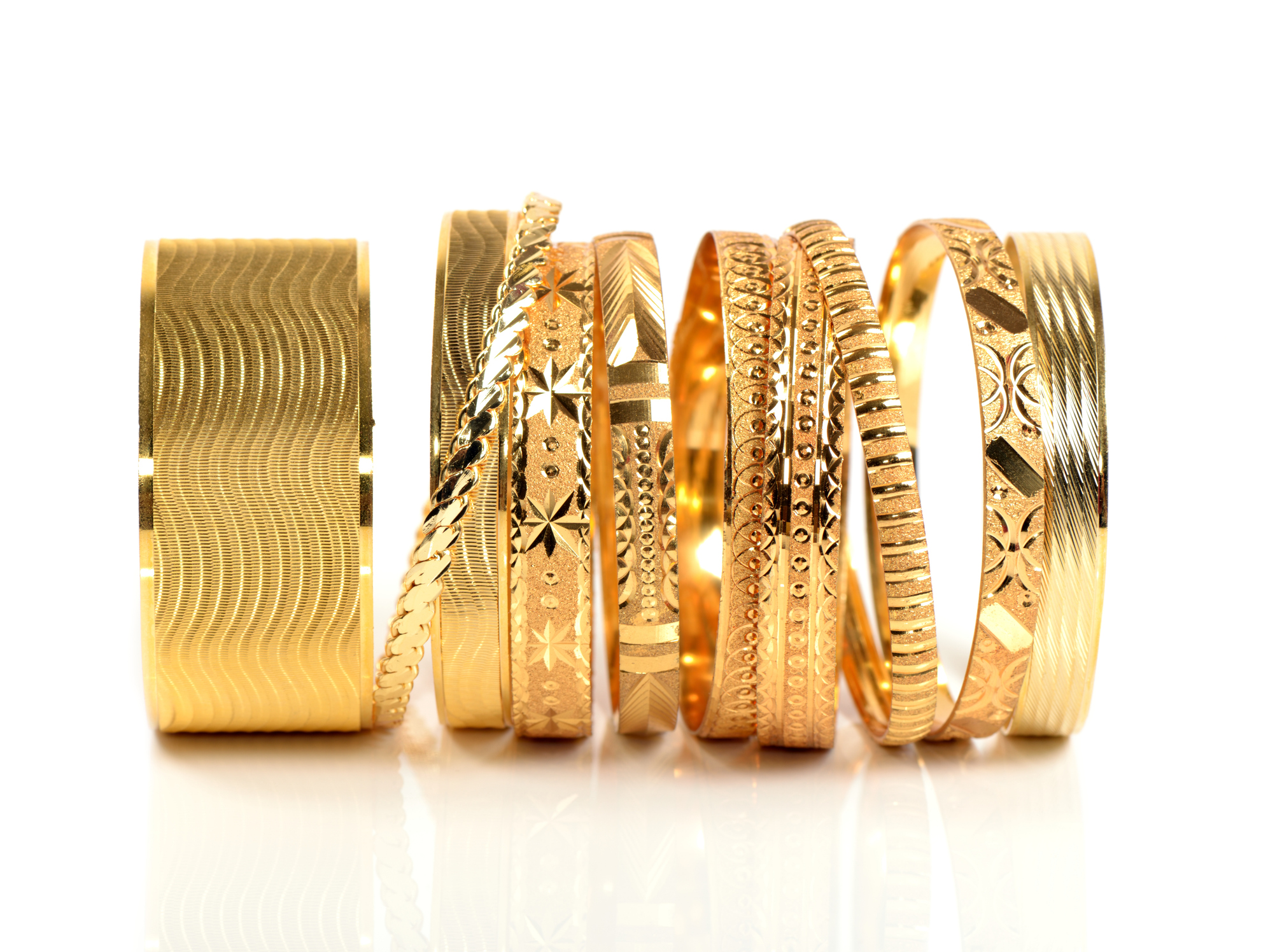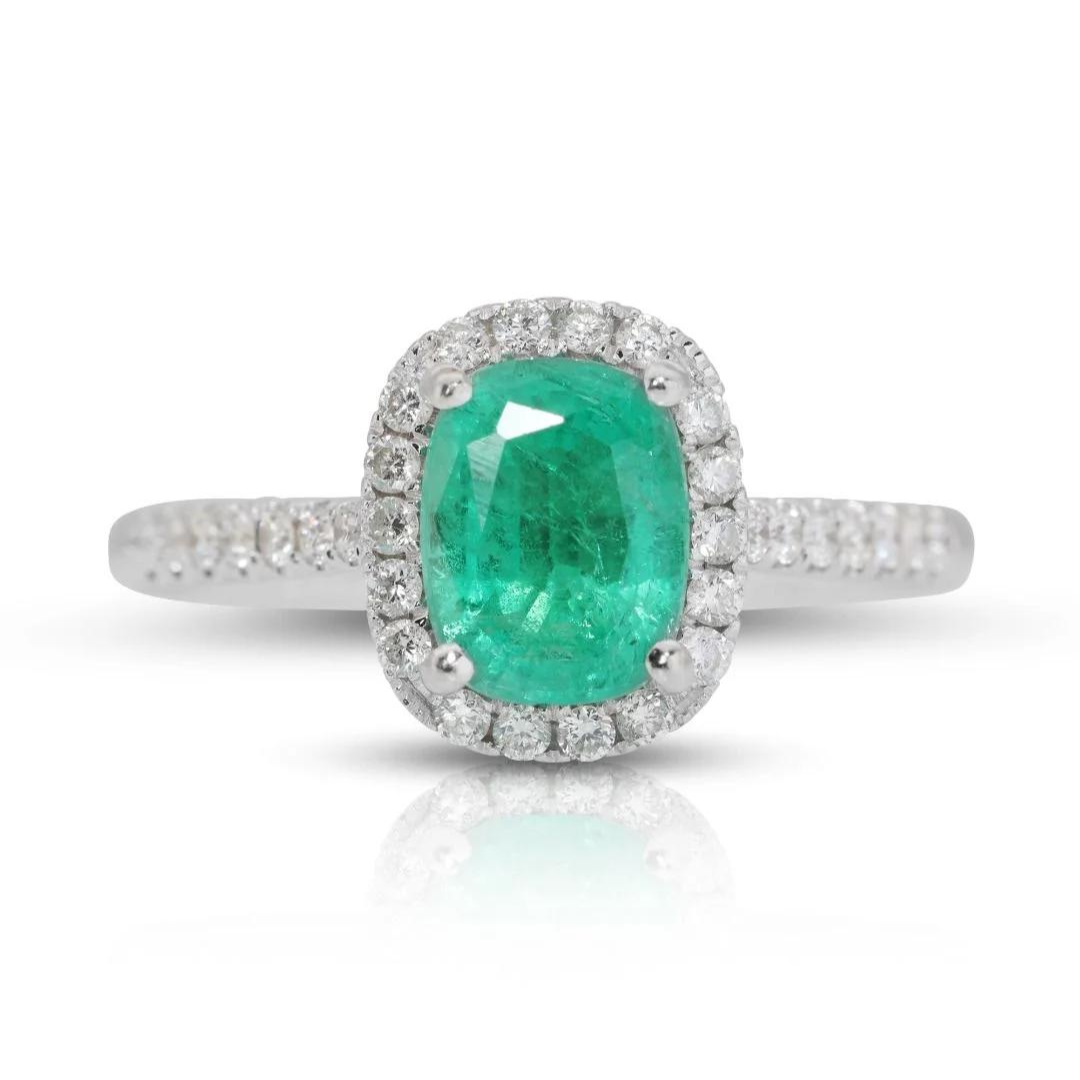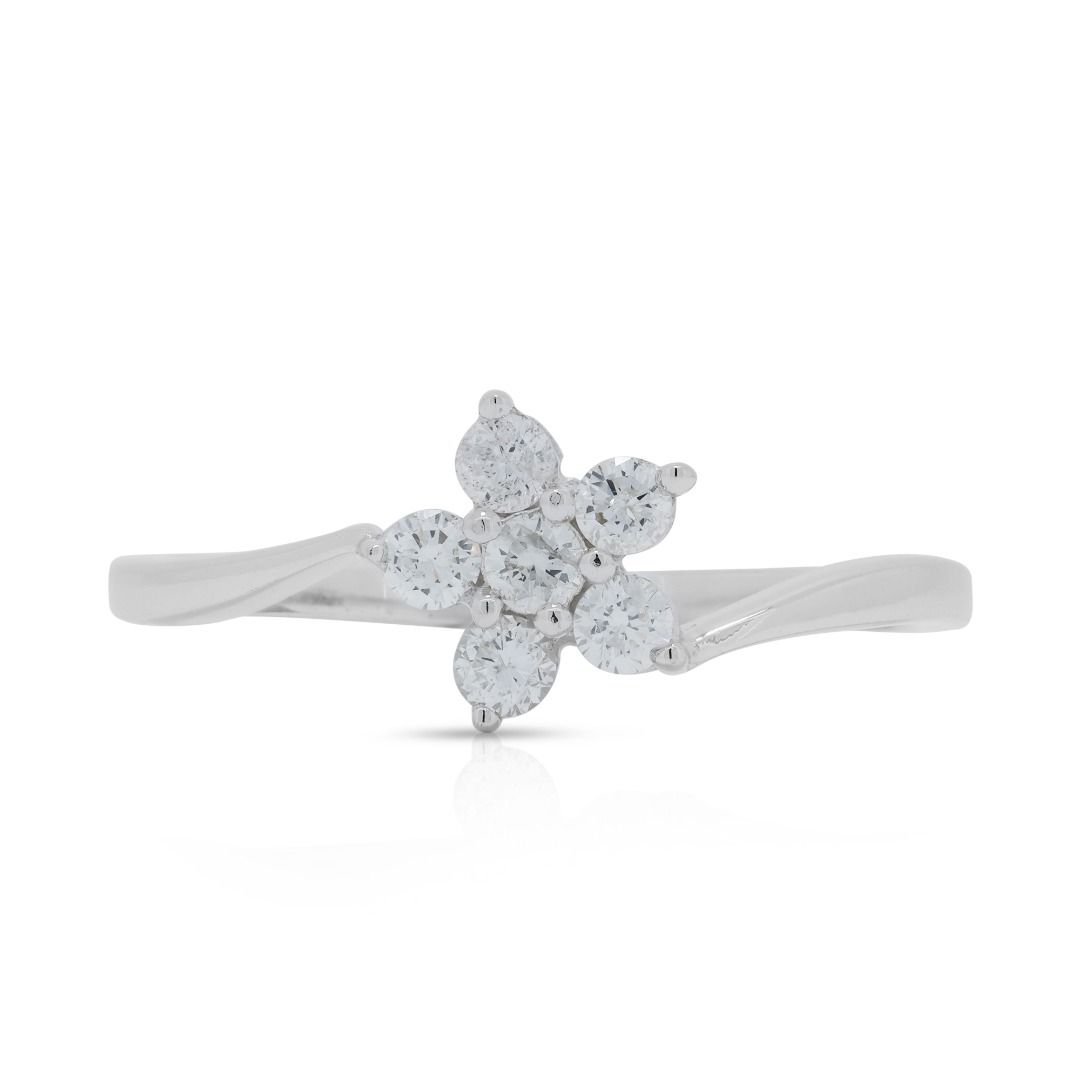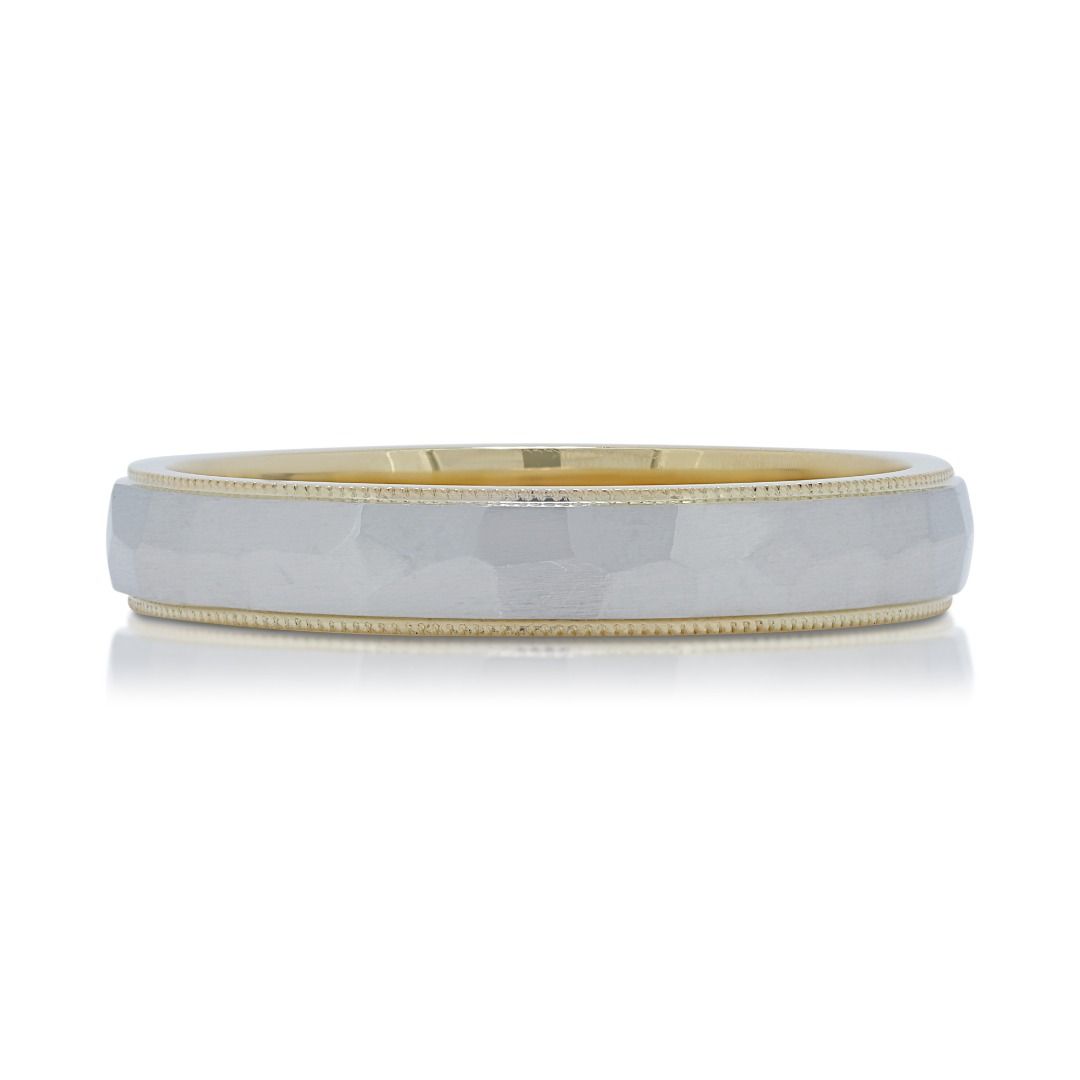Diamond Color Chart
Diamond Colour Chart
Key Highlights:
- Grading Systems: Different labs may use similar letter scales (D-Z) with varying interpretations. Rely on the GIA colour chart for the most accurate grading.
- Focus on the Diamond: Don’t get caught up in letter grades alone. Subtle colour differences exist, so choose a diamond that appeals to you within your budget.
- Metal Matters: Match colour grade to metal choice. Higher grades (D-J) are ideal for white gold/platinum to avoid a yellow tinge. H-L grades work well with yellow or rose gold due to colour reflection.
- D is Top, But Not Always Best: D colour represents the purest diamond, but also the highest price. Many prefer the aesthetics of near colourless (G-J) diamonds.
- Colour vs. Cut: Cut is king for sparkle, but colour is easily assessed without magnification. Consider Body Colour (BC) inclusions for a complete quality picture.
- Find Your Perfect Match: Choose a diamond that speaks to you, aligning with your budget and style. It’s a personal journey, not just about a colour grade.
In conclusion, blue diamonds represent the perfect harmony between rarity and beauty, making them some of the most sought-after gems in the world. Their exceptional scarcity is due to the unique trace elements, such as boron, that give them their mesmerizing blue hue, creating a play of light and color that captivates all who gaze upon them. This rarity, combined with their stunning visual appeal, gives blue diamonds an almost mythical status, making each one a treasure of unparalleled worth.
From the legendary Hope Diamond, with its storied past and whispered curses, to the modern marvels that fetch record-breaking prices at auction, blue diamonds have woven themselves into the fabric of history. They are more than just gemstones; they are symbols of power, luxury, and the extraordinary forces of nature. Whether appreciated for their scientific wonder, their deep historical roots, or simply their breathtaking beauty, blue diamonds continue to stand as a testament to nature’s ability to craft something truly magnificent. Their allure has endured for centuries and will undoubtedly continue to inspire awe for generations to come.
Understanding Colour Grading Systems:
It’s important to be aware that various labs might use similar letter scales (D-Z) with differing interpretations. This is why encountering “local” certificates grading a K-colour diamond (by GIA standards) as an F might occur. While there’s no legal ownership of diamond grading scales, the Gemological Institute of America (GIA) system is widely recognised for its accuracy and consistency. If you’re not purchasing a GIA-certified diamond, consider comparing it to a GIA chart for a more reliable perspective on colour.


The GIA Diamond Colour Chart:
Here’s a breakdown of the GIA diamond colour chart, focusing on diamonds commonly used in jewellery (D-M):
- D-F: Colourless
- G-J: Near Colourless
- K-M: Very Light Colour
This guide primarily explores D-M colour grades, as diamonds beyond M are rarely used in our collections. All photos used for comparison were captured under controlled conditions to ensure accuracy. Remember, all these diamonds were GIA-graded.
Choosing a Diamond, Not Just a Letter Grade:
As you can see from the chart, there’s often a subtle difference between neighbouring colour grades. These images were taken with top-tier equipment, highlighting the challenge of discerning minor colour variations. Therefore, we recommend setting a comfortable budget and then selecting the diamond that appeals to you most within that range.
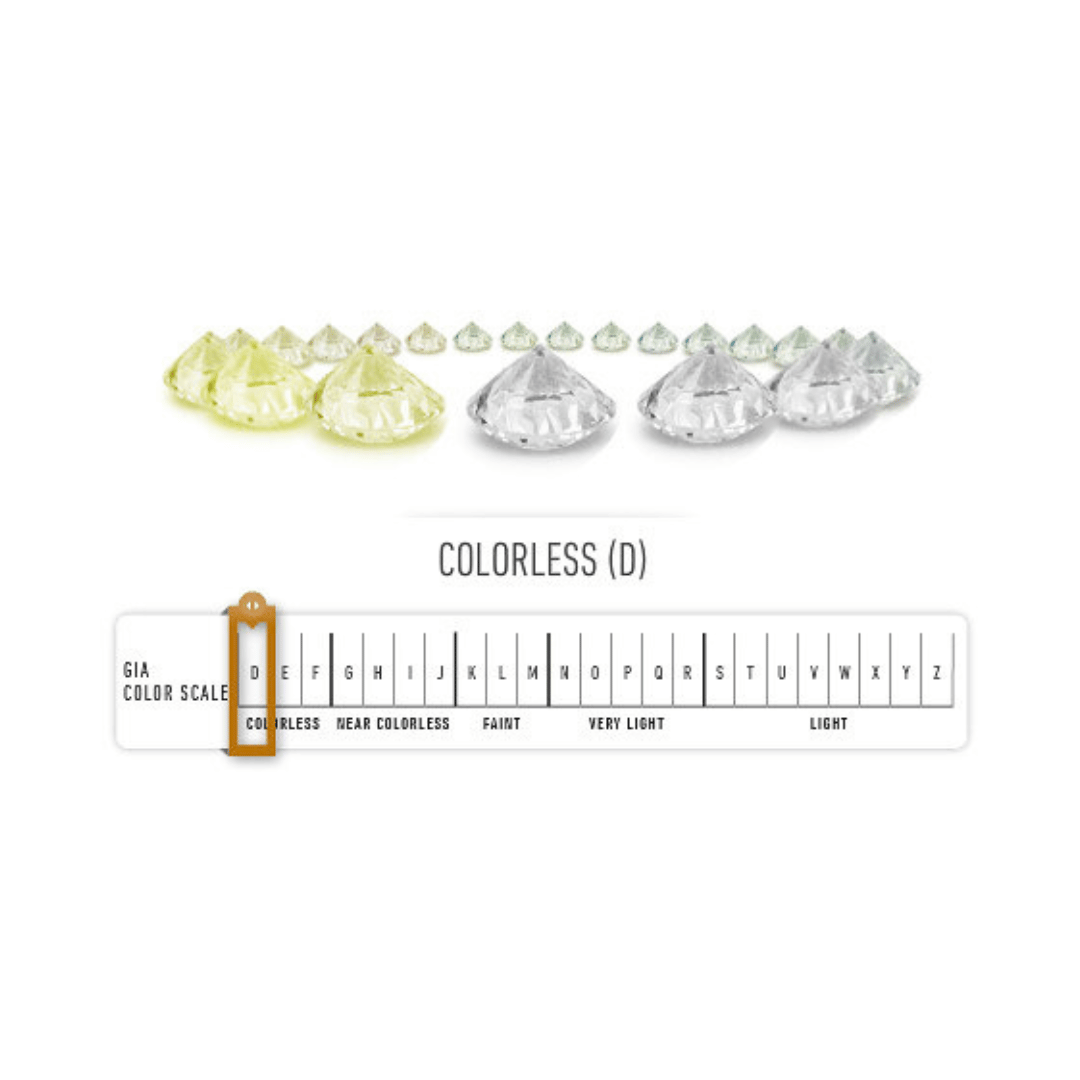
Matching Colour to Metal:
Here’s a handy tip for colour selection based on metal choice:
- White Gold/Platinum: Opt for higher colour grades (D-J) due to the greater contrast between the diamond and the metal. This ensures the diamond’s brilliance isn’t overshadowed by a slight yellow tinge in the metal.
- Yellow Gold/Rose Gold: Choose diamonds in the H-L colour range. The colour of the gold itself will reflect onto the diamond, making a higher colour grade less essential and potentially more expensive for minimal visual benefit.
Beyond the Top Grade:
While D colour represents the peak of the GIA white diamond colour chart, signifying the purest diamond with minimal material interference, commercially, it also carries the highest price tag. Interestingly, many people gravitate towards the near colourless diamonds (G-J) for their aesthetic appeal. Our key advice – focus on the diamond itself, not just the letters and numbers. To make the best choice, compare different diamonds side-by-side to truly appreciate their brilliance.

Colour vs. Cut:
While colour plays a significant role, cut remains the most crucial factor influencing a diamond’s sparkle and fire. However, colour is a characteristic you can readily assess without needing magnification. Additionally, it’s essential to consider Body Colour (BC) or Milky/Cloudy (M/C) inclusions when evaluating a diamond for a complete picture of its quality.
Conclusion
In conclusion, choosing the perfect diamond is about more than just understanding the colour chart—it’s about finding a balance that suits your personal style and budget. While the GIA colour grading system provides a reliable foundation, remember that subtle differences in colour can be influenced by the setting and your preferences. Don’t be swayed by the pursuit of a flawless D-grade diamond if a near-colourless G-J stone captures your heart. Also, keep in mind that while colour is important, the cut is the true star that determines a diamond’s brilliance. Ultimately, the best diamond is the one that speaks to you, blending beauty, value, and personal significance.


